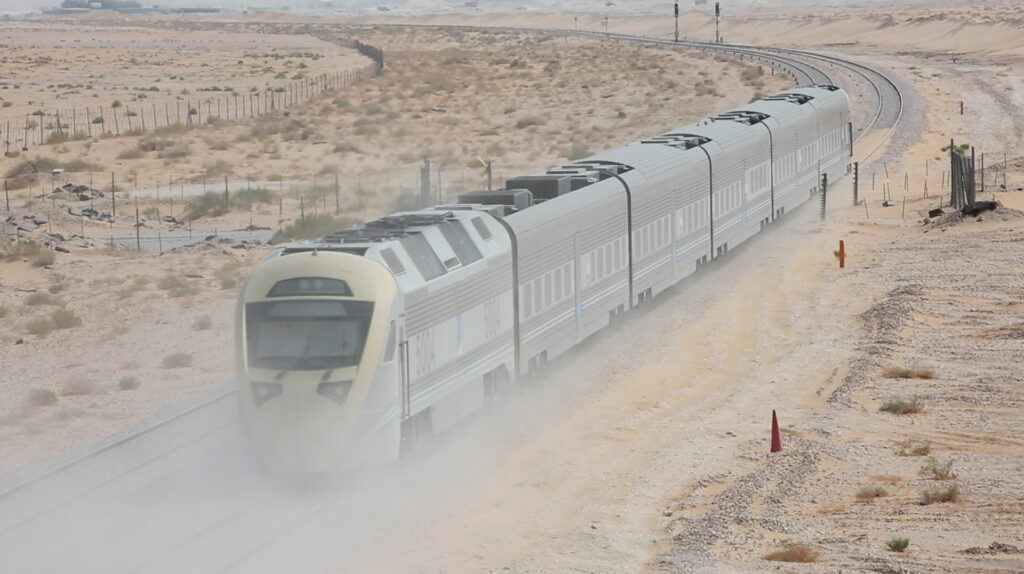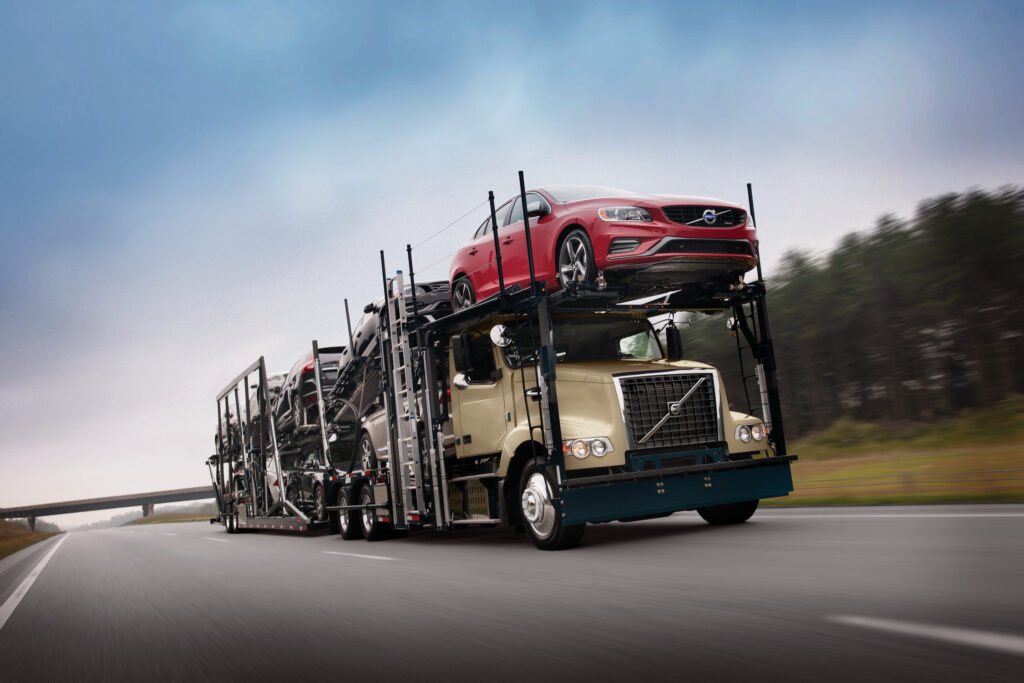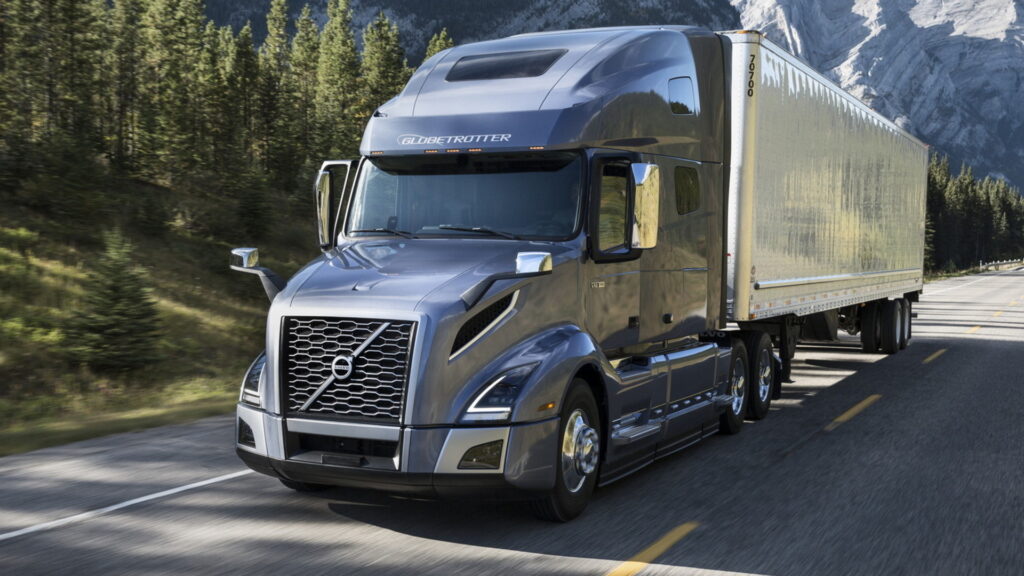In its effort to significantly cut down emissions from trains and medium- to heavy-duty trucks, California is expanding its focus on reducing reliance on fossil fuels. The state has introduced new regulations tailored to each industry, which have ambitious targets stretching to the mid-2040s, with some taking effect as early as this year and impacting spending.
The California Air Resources Board (CARB) approved the new rules on April 27th. The first, aimed at heavy-duty trucks, is known as Advanced Clean Fleets. The regulation bans the sale of diesel-powered semi trucks by 2036 and mandates all trucks in California to be zero-emission vehicles after 2042.
CARB says that it will ultimately deliver $26.5 billion in savings due to reduced costs associated with pollution-related health problems. By 2050 it believes that fleet owners will save an estimated $48 billion due to lower operating costs as well. he rules apply to both public and private fleet operators, including last-mile delivery vehicles, big rigs, and even postal vehicles.
More: Californians Have Bought Over 1.5 Million Zero-Emission Vehicles
California Enacts Nation’s First Train Emission Rules
The rule surrounding trains is called the In-Use Locomotive Regulation. According to CARB, the operational emissions of a single train are worse than those of 400 heavy-duty trucks. In an effort to curb those emissions, regulation has introduced a number of new rules.
Firstly, under the In-Use Locomotive Regulation, operators will now be required to pay into a spending account based on the amount of emissions they create while operating in the state. Additionally, industrial and passenger trains built in or after 2030 will need to operate in zero-emission configurations while in California, in an effort to curb emissions from the transportation sector.
The same rule applies to freight line haulers as well, starting in 2035. According to CARB, reducing the number of outdated trains should have significant long-term health benefits.
“The reduced nitrogen oxide and diesel particulate matter – of which there is no known safe level of exposure – will bring an estimated $32 billion in health savings by preventing 3,200 premature deaths and 1,500 emergency room visits and hospitalizations,” CARB said in a statement.
More: California Is Banning All Small Gas-Powered Engines By 2024, Including Lawn Equipment

“Locomotives are a key part of California’s transportation network, and it’s time that they are part of the solution to tackle pollution and clean our air,” said CARB Chair Liane Randolph. “With the new regulation, we are moving toward a future where all transportation operations in the state will be zero emissions.”
Not Everyone Is Happy With The New Regulations
Not all support the effort to reduce emissions in this manner. “There is no clear path to zero emissions locomotives,” the Association of American Railroads said after the regulation was approved.
“Mandating that result ignores the complexity and interconnected nature of railroad operations and the reality of where zero emission locomotive technology and the supporting infrastructure stand,” it added.
A truck driver speaking to the LA Times expressed his mixed feelings. “I’m in a truck all day I’m at the ports,” Enrique Rivas said. “I know what it’s like to inhale diesel all day long. There’s a lot of us out here, owner-operators trying to live the American dream and own your own little business.”
“I hope you guys consider us — there’s a lot of us,” he added. “Just remember that if trucks stop, you know, everything stops. … I’m all for it. But I hope you guys can give us a little bit more time because it’s expensive to do all these things.”





